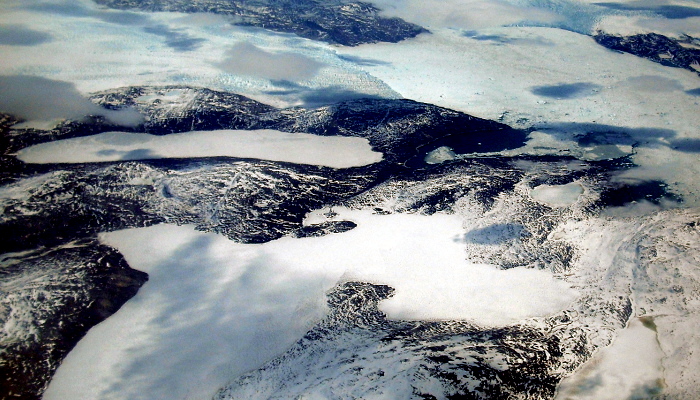Hello and welcome to the blog of the EGU Cryosphere Division. This blog aims to spread the enthusiasm for ice in all its forms – from snow, glaciers and ice sheets, to ice crystals, extra-terrestrial ice bodies and isotopic ice composition. The blog will feature stories related to cryospheric research, particularly the latest in fieldwork programmes, research projects and scientific results. With ...[Read More]
CR
Cryospheric Sciences

